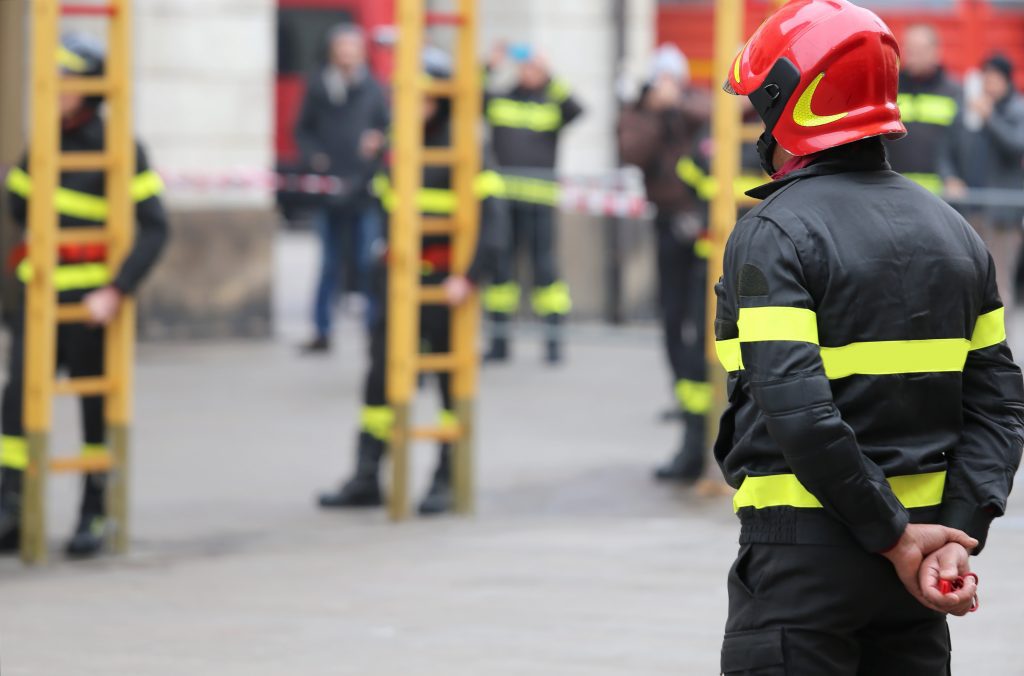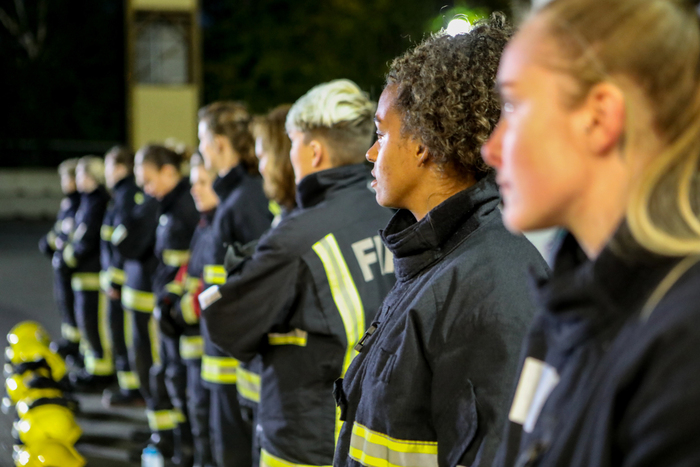Structural Firefighting PPE
This performance specification describes the requirements for personal protective equipment (PPE) for both male and female firefighters.
The PPE should offer the wearer protection from injuries, which could arise through accidents in the working sector for which the fire clothing is designed.
Provision of PPE that meets the general and specific needs of Fire & Rescue Service (FRS) operational personnel.
The product must be suited to the range of structural firefighting, external firefighting and rescue activities carried out during emergency response and training operations. The product must be of such design, robustness, material and specification to meet the needs of these operations. It should also be simple to clean, repair and maintain.

All test performance data must be submitted with tender document, please indicate compliant and submitted where requested. All documentation to be in English.
Firefighting PPE is designed, following a suitable risk assessment, to protect firefighters from risks that cannot be removed by other means. One potential emerging risk to firefighter’s health is exposure to contaminants as a result of the incidents that they attend; some of these contaminants may be carcinogenic.
All Contractors should be mindful of these emerging risks and as such ensure that the PPE is designed to be easily cleaned and decontaminated. In addition methods for identifying that the PPE may be contaminated should also be considered when designing the PPE.

Modern fire service activity covers a broad range of incidents and as such innovative solutions for PPE can be developed.
One such solution is a layered (multi-functional jacket). This design will provide layers of kit which will provide protection, in a modular layering format; where the wearer ‘layers up’ from lower risk, by the addition of one or more layer(s), to higher risk (full structural).
The initial layer(s) will be the default ‘every day wear’ (not station wear) and be designed to perform and be worn for most interventions. Levels of protection here still exist but are lower than those required in full structural garments.
The initial layer(s)/garment should be less complex by design and be cheaper and easier to repair.
For the purpose of this specification the generic term ‘layered jacket’ will be used and more specifically:
- Base-Layer- Station wear or equivalent (not to be part of this tender process for information purposes only)
- Mid-Layer Jacket – conforming to relevant sections of; BS ISO 16073:2011 BS EN 15614:2007, BS EN ISO 20471:2013 Class 3 for working on roadways and BS EN ISO 6350:2005 Protection against liquid chemical.
- Top-Layer- a further level of PPE to be combined with the mid-layer jacket, therefore achieving that the whole ensemble complies with level 2, BS EN 469:2005.
The colour of the Top-Layer fabric to match that of the supplied fire trouser fabric.
Complimentary (Rescue) PPE
Modern fire service activity covers a broad range of incidents and as such innovative solutions for PPE can be developed.
The rescue jacket may be the default ‘every day wear’ (not station wear) and be designed to perform and be worn for most interventions. Levels of protection here still exist but are lower than those required in full structural garments. The rescue jacket should be less complex by design and be cheaper and easier to repair.
